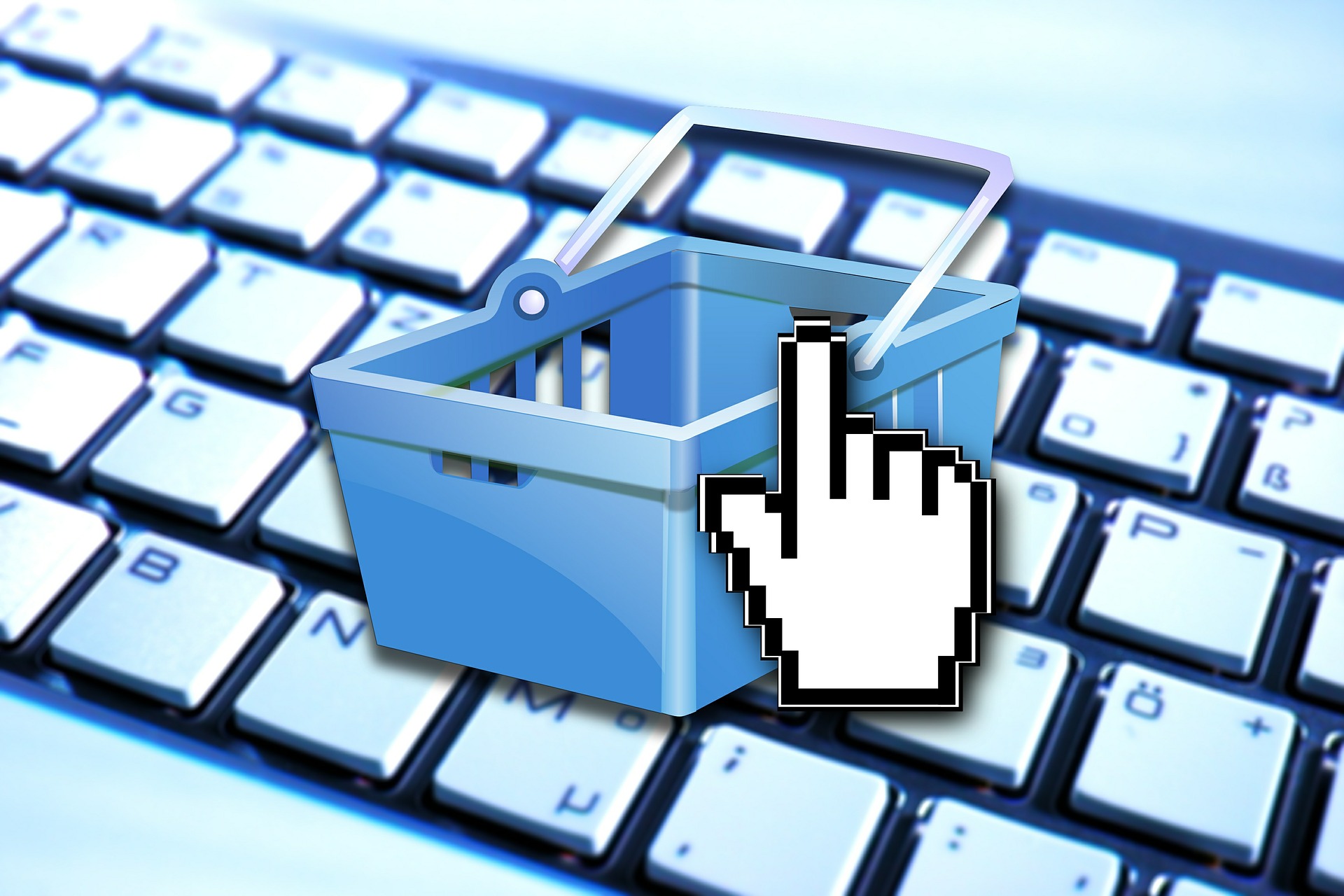 “It’s just a truck, right? – I mean, I can’t see that many people wanting to buy stuff out of a truck.†This was the response from a number of people to a recent trial of mobile shops in Thailand by hypermarket and minimart operator Big C. And they are right. It is just a truck, and it isn’t really new either. And most people won’t buy from it, and those that do, well, they won’t buy much. So – why am I writing a blog about it? The answer is simple. A new retail channel doesn’t have to attract a lot of shoppers to be significant. It doesn’t even have to affect your category to have a significant impact on your business. New retail channels and a new way of shopping can have disproportionate impact on your business. And with so many new retail channels now available to shoppers (think discounters, , online specialists and generalists to name just a few), it seems important that marketers and sales leaders understand and act upon the full implications of new retail channels and the new ways of shopping that they create.
“It’s just a truck, right? – I mean, I can’t see that many people wanting to buy stuff out of a truck.†This was the response from a number of people to a recent trial of mobile shops in Thailand by hypermarket and minimart operator Big C. And they are right. It is just a truck, and it isn’t really new either. And most people won’t buy from it, and those that do, well, they won’t buy much. So – why am I writing a blog about it? The answer is simple. A new retail channel doesn’t have to attract a lot of shoppers to be significant. It doesn’t even have to affect your category to have a significant impact on your business. New retail channels and a new way of shopping can have disproportionate impact on your business. And with so many new retail channels now available to shoppers (think discounters, , online specialists and generalists to name just a few), it seems important that marketers and sales leaders understand and act upon the full implications of new retail channels and the new ways of shopping that they create.
It’s like ripples on a pond. One small stone dropped into the water can have far reaching implications. Now I’m not saying that these trucks will be huge. I’m not even saying that they will be successful at all. But what I’d like to do is use them as a very real example of the ripple effect when it comes to new retail channels and the new way of shopping that they encourage. So – what are the potential learnings and implications of such a change?
New retail channels and a new way of shopping requires a whole new marketing mix
Starting with the most obvious point – this is a new retail channel. It might create a new way of shopping, at least for some shoppers. And as such, we start from scratch. There are many questions that need to be asked. Which shoppers will use this new channel? Which shopper missions will this channel service? And then, which products should we sell? Are these products already listed in this retailer? Do we need new ones? How should we merchandise, how should we promote, how should we set prices?
All very standard questions I’m sure you would agree. But until they are answered, then it is likely that neither retailer nor manufacturer will optimize the returns from this new retail channel. Perhaps you think that these questions are easy to answer? Maybe – with either a bit of shopper research or a large amount of hindsight! But there probably is very little data available right now, so the reality is, that the range, merchandising, price and promotion will not be optimized, and therefore neither will returns.
New retail channels will pull shoppers (or shopper missions) from existing channels
The fact that manufacturer and retailer aren’t maximizing returns from those shoppers would be fine if those shopping trips created incremental sales. The reality is that, in most cases, a new retail channel doesn’t actually drive any category growth. Buying online might be a completely new way of shopping, but I don’t clean my teeth any more frequently just because I buy my toothpaste online. Most of the sales in the new retail channel will have come from existing channels – as some shoppers, and some shopper missions, migrate from one channel to another. The new way of shopping that a new retail channel creates can have a significant impact on your business in existing channels, for a number of reasons.
The economics of other channels are fragile
Retailers make money, broadly, in two ways. They make money by selling stuff to shoppers at a profit, and they make money by selling access to those shoppers to manufacturers by way of fees (in myriad forms). Big retailers also sometimes make money out of cash, by negotiating extended credit terms with their suppliers, such that they get paid by the shoppers long before they have to pay the supplier. Profit margins are thin (for most big retailers the net margin is low single digits), so throughput (shopper traffic) is critical to their business model.
If some shoppers, or some shopper missions migrate to another channel, that business model is threatened – when sales drop, then profits drop.
A new retail channel should suck investment out of existing channels
But what about the other source of revenue – the fees from suppliers? Smart suppliers would surely want to renegotiate those fees if the number of shoppers visiting the stores has decreased, increasing the pressure on the retailer. And the manufacturer has no choice, either. Big C will be demanding a listing fee, among other things, to get your brand into the truck, won’t they? The trade spend pot isn’t bottomless. Manufacturers are forced to be more selective in how they spend their money (or at least they should be!)
Not all shoppers and shopper missions migrate – messing with the shopper mix in many channels
And of course, not every type of shopper, or shopper mission, will migrate channels when a new retail channel comes along. This means that the mix of shoppers and shopper missions in the original channel will change. Look at the truck option. Perhaps it will take shoppers from convenience stores – but it won’t take an even spread of those shoppers. Maybe it will pick up more snacking options. Perhaps it will pick up more residential shoppers on a top up shop. Who knows? Maybe it will reduce the basket size of my next hypermarket shop? Who knows? But the retailer and the manufacturer need to reconsider the shopper marketing mix in all of the affected channels. Perhaps the range is no longer balanced. Maybe we need to reduce space and inventory on snacking lines or small sizes of grocery products. A new retail channel will create new ways of shopping in many other channels, which means that we need to reconsider all of our shopper marketing decisions and investments.
Even if your category isn’t directly affected, it could be affected by new retail channels
One of the biggest paradigm shifts when you move from thinking consumer to thinking shopper, is the concept of the shopper mission. Most importantly, that your brand or category is only part of the shopper mission. As consumer marketers we often conceive of a relationship between our brand and the consumer alone. And, at the point of consumption, that is a pretty good approximation. But when shopping, that isn’t always the case. Yes, when I buy a TV, it is likely that the TV is the main part of that shopping trip (but not always, and not at every point of the purchase journey!). But in grocery, a shopper may be buying many products. So what happens when a shopper goes to a new retail channel instead of an existing channel. What happens when a shopper who used to go to a convenience store, now buys those items from a truck? What happens if your brand isn’t there? What happens to the impulse or influence opportunities that you might have had. All changed.
New retail channels and a new way of shopping can also disrupt your route to market
And your route to market can be impacted, or even destroyed. In this case, Big C are testing these vans in small towns and more remote areas, which are currently serviced by mom and pop shops. Not only is the business of the mom and pops affected, but the efficacy of the route to market is impacted too. Even if Big C only took 10% of shoppers from those stores, that could make a sales call, or a distribution route, uneconomic. Perhaps your product no longer sells fast enough because some shoppers are buying from the truck, and the store owner delists you. In each of these scenarios, the brand stands to lose access to all the shoppers in that channel, just because a few shoppers migrated.
New Retail Channels – Death of a thousand cuts
I opened this piece saying that the impact of this initiative may be small. In the same way that most shoppers won’t buy on subscription, or from a specialist. Discounters won’t appeal to everyone. Maybe only a few percent of shoppers will buy in this way. Just as only a few percent of shoppers would buy on subscriptions. Just as only a few percent would buy from an online specialist. Or buy your category from a discounter. Or a high street specialist. But each of these ‘few percent’ add up, and the impact can be huge. The cumulative impact of multiple new retail channels creates dramatic new ways of shopping. And that means there needs to be a dramatic new way of marketing to shoppers and investing at retail.
I’ve long argued that the need to understand shoppers and to use this as an input to both marketing and sales strategy is huge. As new retail channels open and ways of shopping change more rapidly, then this need increases. Both retailers and brands need to invest more in really understanding shoppers, and need better, more dynamic ways of working to utilize this. From our surveys and assessments, most companies lag in this area. If you feel your team could benefit from learning how to thrive in this rapidly changing world of retail, check out our upcoming workshops here. And if there isn’t a workshop near you, just get in touch and let me know where you are, and I’ll see what we can do!





I’ll right away seize your rss feed as I can not to find your email subscription hyperlink
or newsletter service. Do you’ve any? Kindly permit me know so that
I may just subscribe. Thanks.